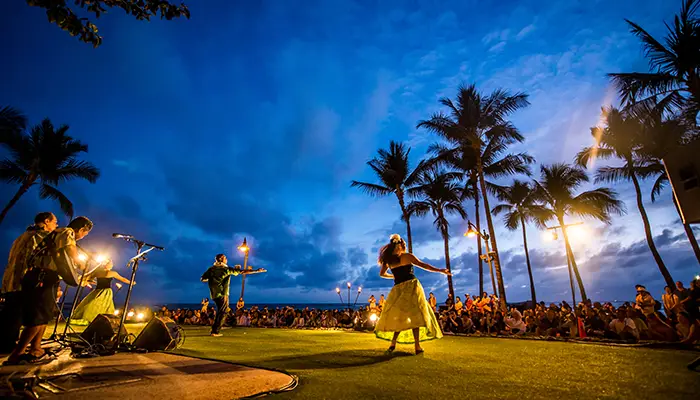International Dance Day: Dance Around The World – Exploring Unique Dance Forms From Different Cultures
- Admin
- 1 year ago
- 4 minutes read

Discover the captivating world of dance with a global tour exploring unique dance forms from diverse cultures on International Dance Day (29th April).
Dance is a universal language that transcends borders, telling stories and expressing emotions that words alone cannot capture. From the rhythmic beats of Africa to the intricate footwork of India, each culture boasts its own unique dance forms that reflect its history, traditions, and values. In celebration of the diversity of dance, let’s embark on a global tour to explore some of the most captivating and distinctive dance styles from around the world.
Flamenco, Spain
Originating from Andalusia in southern Spain, Flamenco is a passionate and expressive dance form known for its emotional intensity and dramatic poses. Flamenco dancers, or bailaores, use percussive footwork that strikingly echoes through the air, handclapping, and intricate hand, arm, and body movements. The dance is usually accompanied by a singer (cantaor) and guitarists (guitarristas), creating a performance that is powerful and deeply moving.
Bharatanatyam, India
Bharatanatyam, originating in Tamil Nadu, is one of the oldest classical dance forms in India. This dance form is popular for its fixed upper torso, bent legs, and intricate footwork, along with expressive hand gestures (mudras) and facial expressions (abhinaya). Bharatanatyam is not just a dance; it’s a storytelling medium where dancers narrate Hindu religious themes and spiritual ideas.
Kathak, India
Another gem from the Indian subcontinent, Kathak is characterized by rapid footwork (tatkar), spins (chakkar), and the dramatic representation of themes from Persian and Urdu poetry alongside those of Hindu mythology. The dance involves intricate gestures and facial expressions which contribute to its storytelling aspect.
Samba, Brazil
Samba is synonymous with the Brazilian Carnival and is known for its lively rhythm and festive spirit. This dance form has African roots and is danced under the samba music rhythms that are played with drums and other percussion instruments, giving it a fast-paced and rhythmic tempo that is infectious. The dance is noted for its rapid steps, twirls, and versatile hip movements. Samba dancers often wear extravagant costumes which add to the visual spectacle of the dance.
Tango, Argentina
Tango originated in the late 19th century in the working-class neighbourhoods of Buenos Aires and has since spread worldwide. The dance is highly improvisational, allowing dancers to express their individual styles while maintaining a close embrace and a complex set of leg and foot movements.
Cossack Dance, Russia
The Cossack Dance, often seen in Russian folklore performances, is known for its vigour and athleticism. Dancers display feats of incredible strength and agility, including deep knee bends and high kicks. The dance is usually performed by men and is characterized by its fast-paced, energetic movements and bold acrobatics.
Hula, Hawaii

Hula is an ancient Hawaiian dance form that combines dance and chant, or oli, and song, or mele. It is a complex art form that conveys the words of the oli or mele in visual dance form. Hula dancers use gestures to represent the words in a song, telling stories of Hawaiian culture, mythology, and history. The dancers’ movements are fluid and graceful, with costumes that complement the natural beauty and culture of Hawaii.
Maori Haka, New Zealand
The Haka is a traditional war cry, dance, or challenge from the Māori people of New Zealand. It is a posture dance performed by a group, with vigorous movements and stamping of the feet with rhythmically shouted accompaniment. While commonly associated with the New Zealand rugby team, the Haka is a profound part of Māori culture and is performed at various ceremonies and celebrations as a display of a tribe’s pride, strength, and unity.
Each dance form around the world offers a unique insight into the culture from which it originates. These dances carry the weight of historical traditions and are often tied deeply to the national identity of a people. Exploring these diverse dance forms not only enriches our understanding of the world’s cultures but also reminds us of the beautiful expressions of human creativity and the universal language of movement.











